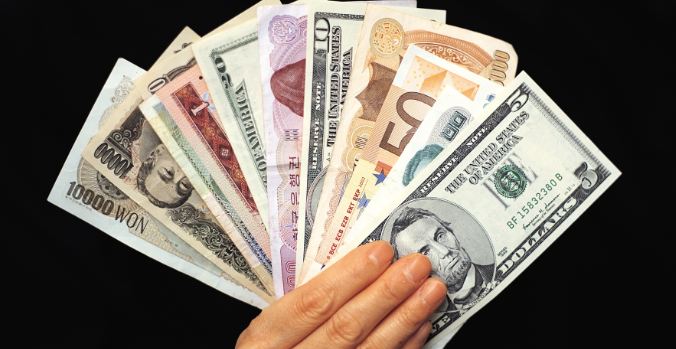The advent of internet has changed everything. The world is literally a global village; thanks to the rapid communication becoming possible.
The world economy also has changed; the slogans of openness have cracked open all the barriers of ideologies worldwide.
As such the current of foreign direct investment that started in a big way from mid 1990s still continues to dominate the world economy in the threshold of the seventh year of the new millennium.
In order to trace the latest trends in the circuit of foreign direct investment (FDI), we have to first learn the meaning of the concept.
First of all, FDI is a long term economic commitment where an investor makes direct investment into an industry or business based in a different economy than his own base country. As for example when a businessman based in USA makes some investment in the enterprise based in Japan, a foreign direct investment takes place.
Now the activity of FDI typically involves a bi-party relationship; it consists of the parent enterprise on the one end and the foreign affiliate on the other.
These two parties together form a unique business entity which is then defined as transnational corporation (TNC).
Just putting some money into a foreign business does not make you qualify as a foreign direct investor.
An enterprise will be marked as a FDI only when the parent company will yield control over its foreign affiliate.
The control means, the parent company will have the majority of the shares or have the voting power of the corporation.
Now, lets check the latest picture of the foreign direct investment in the world economy.
In the years immediately following the Second World War, the USA swept away the lions share of the global FDI.
The trend continued till 1960s when the rest of the world was recuperating from the holocaust of the World War II. But after that the picture started to change.
Starting from the mid 1990s, the activity of FDI is now a truly global phenomenon.
In fact, FDI has become more a weapon of economic prosperity in the hands of the developing nations rather than a few OECD countries.
According to the United Nations estimates, global foreign direct investment (FDI) inflows took a steep rise in 2005.
This was the direct consequence of cross-border mergers and acquisitions of companies. In today’s global economy, the FDI has an important role to play.
The importance is evident from this statistics; FDI stocks currently constitute over 20% of global GDP.
The other FDI trends can be summarized as follows:
- -In the present global scenario, the FDI is not a monopoly of a few countries; it is rather a broad based game where FDI inflow came from 126 – out of some 200 – economies.
- This is an indication of higher economic growth and better performance in different parts of the world.
- -The flows of FDI to developing countries in the recent years rose remarkably and today total amount of FDI in these countries amount to more than 334 billion.
- -There has been an increased flow of the FDI in the developed nations too which was estimated to 542 billion.
- -Over the last few years, two Asian market countries namely China and India seem to have won the investors confidence most.
- According to the FDI Confidence Index for 2005, China and India hold the first and second position respectively, in the race for FDI inflow. United States however has been assigned the third position.
One interesting feature of FDI outflow relates to significant growth in FDI outflows from China and West Asia.
So far as china is concerned, it is the country’s growing demand for natural resources that account for this phenomenon.

